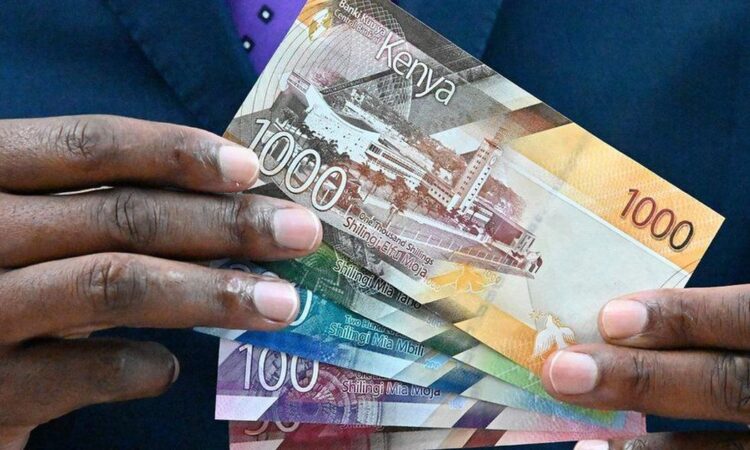The Kenyan shilling has been ranked as the best-performing currency in Sub-Saharan Africa: World Bank

The World Bank report also projected that Kenya’s economy would grow by 5% in 2024. According to Tuko.co.ke, The report explained that in the medium term, growth will be supported by increased investment predicated on restored access to international capital markets, which will spur investor confidence and capital inflows.
“The Kenyan shilling is the best-performing currency in the subcontinent, as it recorded an appreciation of 16% so far this year. After strengthening by 14% by mid-February, the Zambian kwacha has lost some ground and recorded a year-to-date appreciation of 2.4% as of mid-March.
In both cases, the monetary authority hiked interest rates to defend their currencies. In Kenya, securing funds to repay its Eurobond falling due in June 2024 restored confidence and increased the demand for local currency,” the World Bank stated.
Last month, the Central Bank of Kenya (CBK) announced during the Monetary Policy Committee (MPC) meeting that it would maintain its base lending rate at 13%. According to the statement released by the CBK, the monetary policy committee cited the appreciating value of the Kenyan shilling, among other factors.
Since the Monetary Policy Committee (MPC) meeting in April, Kenya’s stock market has improved from the worst to the best. According to experts, more investors currently prefer Kenyan shilling-denominated investments because the high base lending rate means more interest.
The World Bank report also noted that inflation is cooling in most Sub-Saharan African economies but remains high. According to the report, inflation is projected to decrease in about 80 per cent of African countries compared with 2023, but it is still higher than pre-pandemic levels in 32 of 37 countries.
The report revealed that median inflation in the region is projected to fall from 7.1 per cent in 2023 to 5.1 per cent in 2024 and 5 per cent in 2025–26. The normalisation of global supply chains, steady decline of commodity prices, and impacts of monetary tightening and fiscal consolidation are contributing to a lower rate of inflation in the region.
